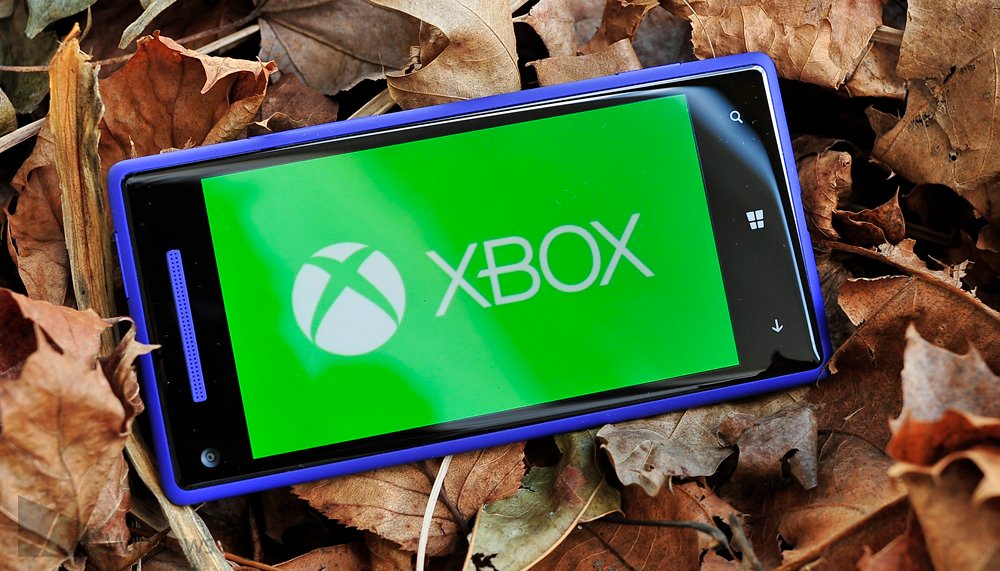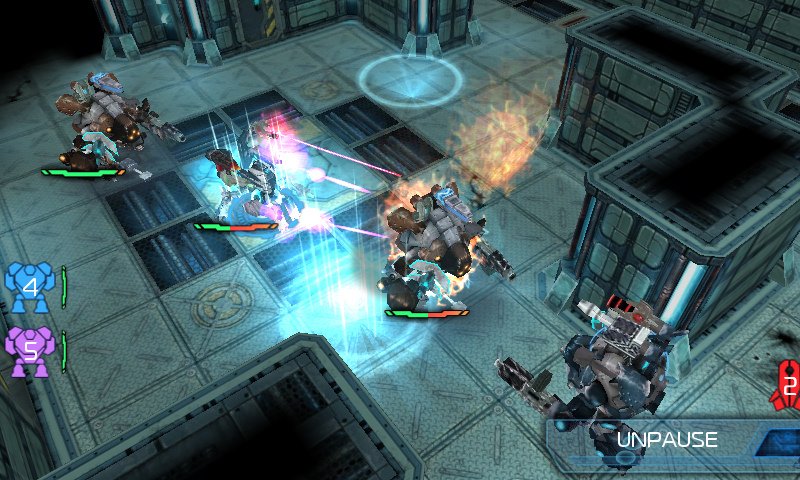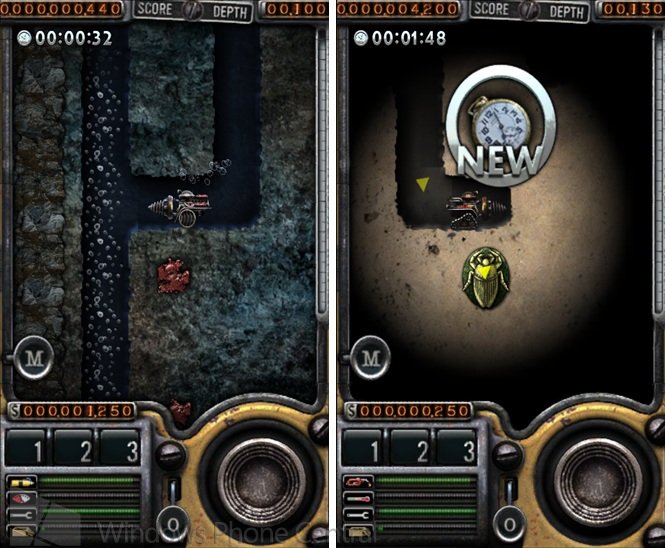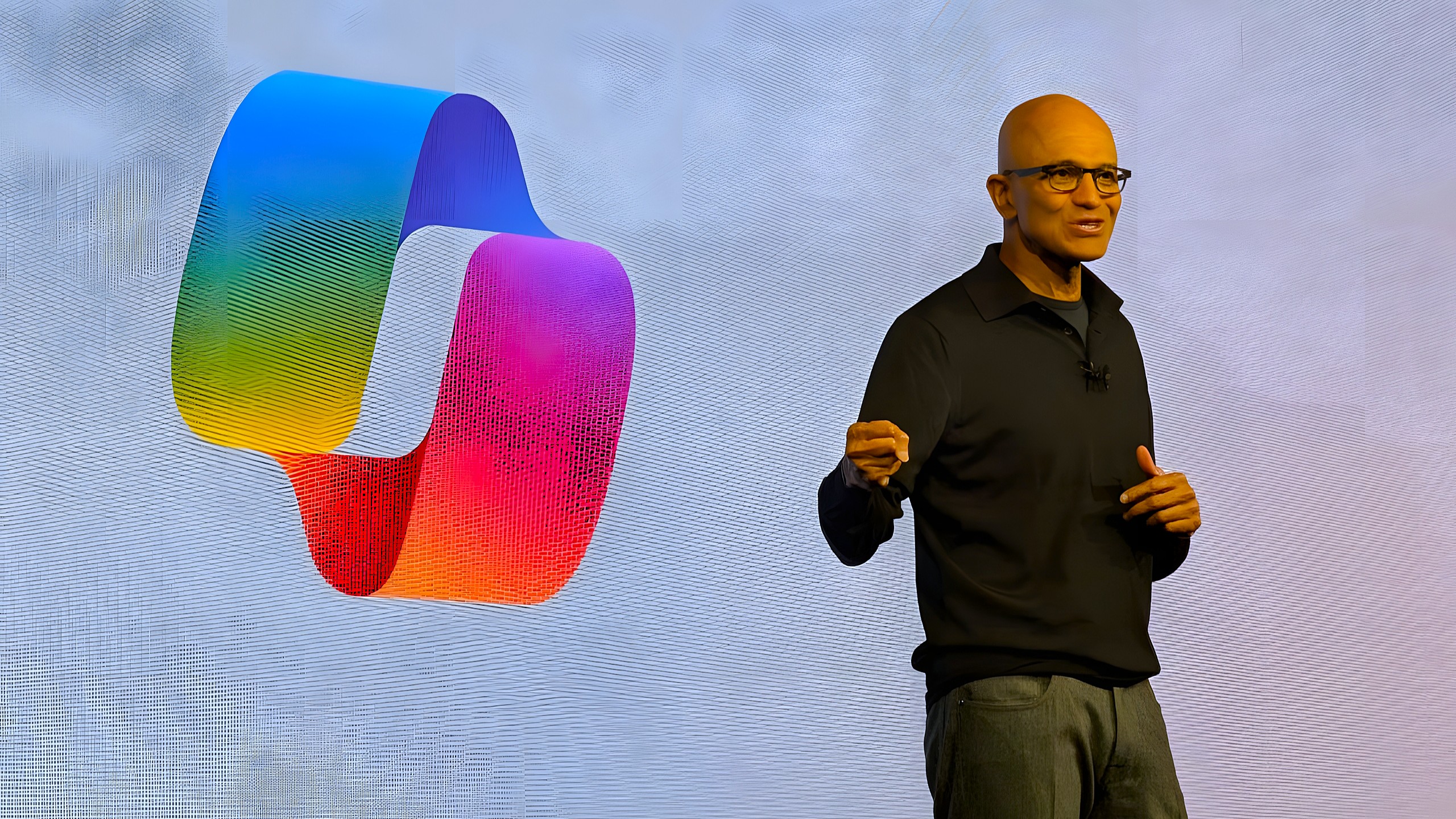How Microsoft can save Xbox games for Windows Phone: Part 1

Over the last couple of months, Windows Phone Central has been highly skeptical and/or critical of Microsoft’s dedication towards Xbox games for Windows Phone. As the weeks without a new Xbox release (excluding Nokia exclusives) have grown, so has our certainty in an underlying problem. This culminated with a game developer stepping forward to explain Microsoft’s reticence towards approving new Xbox projects, not to mention the conspicuous snubbing of Windows Phone in the announcement of the multiplatform WSOP: Full House Pro.
My refusal to shy away from all that bad news might’ve lead some to believe that your friendly neighborhood Games Editor has some kind of anti-Microsoft agenda. As longtime readers surely know, nothing could be farther from the truth! Xbox gaming on Windows Phone is the number one thing that attracted me to the platform, and I’m not the only one. Heck, that’s the whole reason I’m here. Nobody wants to see Xbox-branded games grow and succeed on Windows Phone more than me.
After two years though, ‘Xbox Windows Phone’ still has much room for improvement. If Xbox games are to continue on as a selling point for the platform, things need to change. Today we present the first of two articles highlighting the areas most in need of improvement. This installment focuses exclusively on the Xbox Live certification process for Windows Phone games.
Xbox games should be easier to make.

Armed!
This is a two-part problem. First, it’s too difficult to get a game approved for Xbox branding. We’ve heard stories of perfectly impressive game designs being rejected. Their developers are then forced to publish as an indie game or simply move on to other smartphone platforms. Part of the problem seems to be that of finding an ‘in.’ Getting your first design noticed can be nearly impossible, but subsequent game approval comes much easier.
The best example of wrongful rejection is Armed! from Sickhead Games. When it debuted in December 2011, Armed! was already heads-and-tails more advanced than just about any Xbox Windows Phone game in terms of graphics, user interface, and especially online multiplayer. Whoever rejected Armed! probably had only the most casual appreciation of games and failed to understand how much the Xbox Windows Phone platform needs deeper, more serious titles in addition to casual fare. As a result of this and other factors, Sickhead Games has publicly expressed disinterest with rereleasing Armed! as an Xbox Live game in the future.
Make the certification nightmares stop.

Fusion: Sentient
All the latest news, reviews, and guides for Windows and Xbox diehards.
Second, actually passing certification once a game gets approved can be time consuming, costly, and all but impossible for smaller developers. This developer of an Xbox Windows Phone game explains the problems better than I ever could:
“The first thing is that the process is far more detailed and difficult to pass than on other phones... What tripped us up was that the rules changed pretty often. We’d fix any issues that came up in a report then a few weeks later we’d get it back having failed on an issue that had been introduced in the meantime and we hadn’t been told about. This was understandable before WP7 was released since Microsoft were updating everything all the time, but once it had been released games had come out under rules that we would have passed, but we instead failed because of new issues that we had no idea about. Some of these issues required major updates to the code as well.
Our biggest headache overall was the LIVE testing. Firstly, we quite often got bugs back that weren’t actually bugs – they were problems with the way Microsoft had uploaded the LIVE files their side. The first few times, we spent a good few weeks searching for these – weeks that you can’t really afford as a small indie developer – only to be told at some point that they’ve re-uploaded the files and it’s all ok. After a while, we’d hold off on “fixing“ anything until we were sure they were actually bugs.
Secondly, as a developer you can’t actually test LIVE functionality properly – only within a debug environment. Only Microsoft can test in a “real” LIVE environment. This meant that there may well be problems that you can’t detect while making and testing the game. It also means if they are detected, you can’t debug them or even tell exactly what’s going on, so they’re very hard to fix. This was compounded by the fact that Microsoft don’t seem to test this side of the process until well into submission – in fact until you’ve pretty much finished submission and gone through several rounds of testing.
Microsoft's Studio C building
[Much of it comes] down to the size and complexity of Microsoft. Each person you talk to seems to be extremely friendly and helpful. The problem is there are so many departments that you can spend weeks locked in a loop trying to clear issues up. This doesn’t seem to be anyone’s fault – everyone wants to help you – it’s just that each person doesn’t have the info that you’ve given to everyone else and so you tend to get the same answers back which haven’t helped before and won’t help now!
Overall submission has taken longer than actually making the game. Obviously this is a very worrying situation to be in for an Indie developer who can’t really afford to take so long before getting any revenue. It’s been a very slow and drawn out process, and largely out of a developer’s control. We’d like clear rules to stick to, we’d like to be able to test all functionality during development, we’d like to get clear bug reports which describe reproducible bugs and we’d like to get clear and quick answers to any relevant questions.”
That’s no outlier experience; we’ve heard the same criticisms from multiple developers.
That goes for title updates too.

I Dig It
If getting a game certified sounds bad, just wait until the time comes to release an update for it! The history of Xbox Windows Phone games is filled with horror stories of long-delayed title updates. The most famous example is I Dig It from In Motion Software. The game released in February 2011 in a terribly buggy state with broken Achievements, save data losses, and errors galore. By June, the developer openly admitted its frustrations at getting a patch to fix the problems approved. The patch didn’t go live until October that year, eight months after the game’s release.
That’s far from the only example of long-delayed updates. Fusion: Sentient debuted in November 2011 with a nasty broken Achievement. The title update to fix that Achievement and add fast App Switching support was ready in early 2012 but did not appear until January 2013, more than a year after the game’s release!
Launch title Revolution has always suffered from a broken Achievement, which should be a simple fix. In mid-2011, the developer confessed:
“I have been working with Microsoft to fix the issue, but unfortunately the process has not been an expedient one… The process itself is making it difficult to get the update out there. The achievement issue has been fixed for months, but an update cannot be accepted by Microsoft until the additional issues are addressed.”
Unlike Fusion: Sentient, this update never materialized. The one bug that actually matters to gamers remains unfixed because the certification team cares more about bugs that regular users don't even notice. And let’s not forget MiniSquadron from Supermono and Microsoft Studios, which also launched with a broken Achievement and several other bugs in late 2011. Rather than enduring the certification process a second time, Supermono simply chose to pull the game from the Windows Phone Store.
Making updates easier to release will make for better games.

Still waiting on those Hoth levels...
Those frightful tales revolve around updates designed to fix games’ bugs and broken features. What about updates that add new content? Our version of Angry Birds received one update ever and lags considerably behind the iOS game. New levels were promised for both Doodle Jump and Pocket God that never became reality. Angry Birds Star Wars still lacks the Hoth update, two months after iOS and Android got it.
A major reason for the enduring popularity of Angry Birds, Cut the Rope, and many other hit casual games on other platforms is that their developers continuously release new content for them, often as frequently as biweekly. These developers treat their games like a service, producing new content to support existing fans and attract new ones for months and sometimes years after the initial release. We only need to look at those games’ success to know that the treatment works.
By transplanting the Xbox 360’s already inefficient and developer unfriendly update certification process to Xbox games for Windows Phone, Microsoft has created a barrier towards feature parity in multiplatform games. Any game that receives continuous updates on other platforms will always lag behind on Windows Phone. We’re guaranteed an inferior product.
It doesn’t have to be that way, though. Sure, the update certification procedures were set up by someone without a deep knowledge of mobile games or developer friendliness. And Microsoft is such a big company, it’s probably tough to even find the person who could change the policy. But it needs to change, and fast. The update certification process must be designed with these goals:
- Fixing broken Achievements and major bugs immediately
- Maintaining feature parity with other versions of the same game
- Pushing updates out in one month or less on average, and never more than two months.
Until those guidelines are established, multiplatform games for Windows Phone will suffer.
More to come!
Part Two of this series is now live, faithful readers!
Do you agree with these suggestions? And what other suggestions do you have for improving the success of Xbox Windows Phone games?

Paul Acevedo was formerly a Games Editor at Windows Central. A lifelong gamer, he has written about videogames for over 15 years and reviewed over 350 games for our site. Follow him on Twitter @PaulRAcevedo. Don’t hate. Appreciate!

